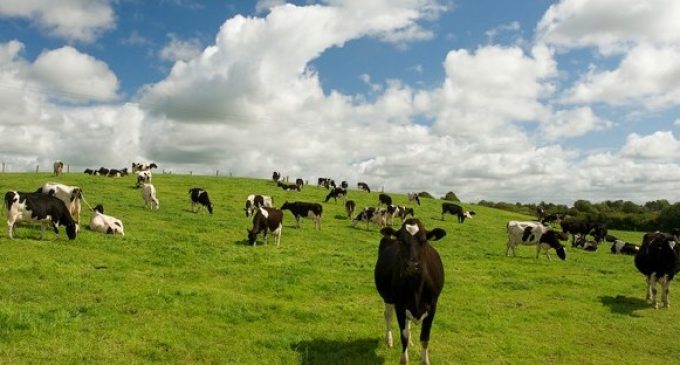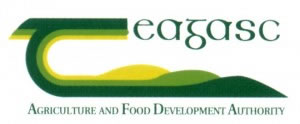Focus on Dairy Profit per Hectare Will Yield Dividends Post-milk Quota

With milk quota abolition, changing the focus towards profit per hectare rather than profit per litre could increase profitability on a 40 hectare dairy farm by €18,000. That is the finding of the comparison of the 2014 financial performance of the Irish top net profit dairy farms ranked by net margin per litre, or by net margin per hectare in the Teagasc publication e-Profit Monitor Analysis: Dairy Farms 2014’.
While milk quotas were in place, maximising profitability per litre was the focus on farm because milk quota was the first limiting constraint. With the abolition of milk quotas, land becomes the first limiting constraint changing the emphasis from maximising profit per litre to maximising profit per hectare. In summary the analysis of the top performers from over 1,360 spring milk farms, found that the top net profit per hectare farms had similar herd sizes but were 15% more intensively stocked (2.66 LU/ha); utilised 15% more grazed grass (11.2 tonnes of Dry matter per hectare); and milk solids production per hectare was 35% higher (1,176 kg/ha).
 Teagasc Dairy Specialist George Ramsbottom says: “The top performing farmers were able to increase their profits without significant increases in their costs. Production costs per litre were just 1 cent per litre higher on the high profit per hectare farms. The highest profit per hectare farms still managed to retain €464 per hectare of the €1,147 extra gross output generated. This is worth over €18,500 in extra profit for a 40 hectare dairy farm.”
Teagasc Dairy Specialist George Ramsbottom says: “The top performing farmers were able to increase their profits without significant increases in their costs. Production costs per litre were just 1 cent per litre higher on the high profit per hectare farms. The highest profit per hectare farms still managed to retain €464 per hectare of the €1,147 extra gross output generated. This is worth over €18,500 in extra profit for a 40 hectare dairy farm.”
He continues: “Grass utilisation remains the key to generating higher profits in spring-based milk production systems. In 2014, even though the price paid for milk was relatively high, ‘grass rich’ systems of milk production – those using the highest proportions of home grown grass, were almost €200 per hectare more profitable than ‘grass poor’ farms.”
According to Dr Tom O’Dwyer, Head of Dairy Knowledge Transfer in Teagasc: “Farmers completing the Teagasc e-Profit Monitor programme are not representative of the national average, but tend to be more financially focused, generating almost 30% more profit per hectare. This analysis shows that similar to other years, spring and winter milk producers generate similar net profit per hectare (€1,806 and €1,928 respectively). The top 10% of spring and winter milk producers generated a net profit of €3,255 and €3,422 per hectare respectively.”
Teagasc Financial Specialist, Kevin Connolly reports that a matched sample of suppliers who completed the Teagasc e-Profit Monitor between 2008 and 2014 inclusive, had grown the scale and intensity of their dairy herds by 22% to 84 cows per farm and by 5% to 2.20 livestock units per hectare respectively. In nominal terms net profitability per hectare was similar while profitability from the dairy enterprise had grown by 16% between 2008 and 2014. Adjusted for constant milk price and agricultural input price inflation, the profitability had grown by 11% over the period.

































